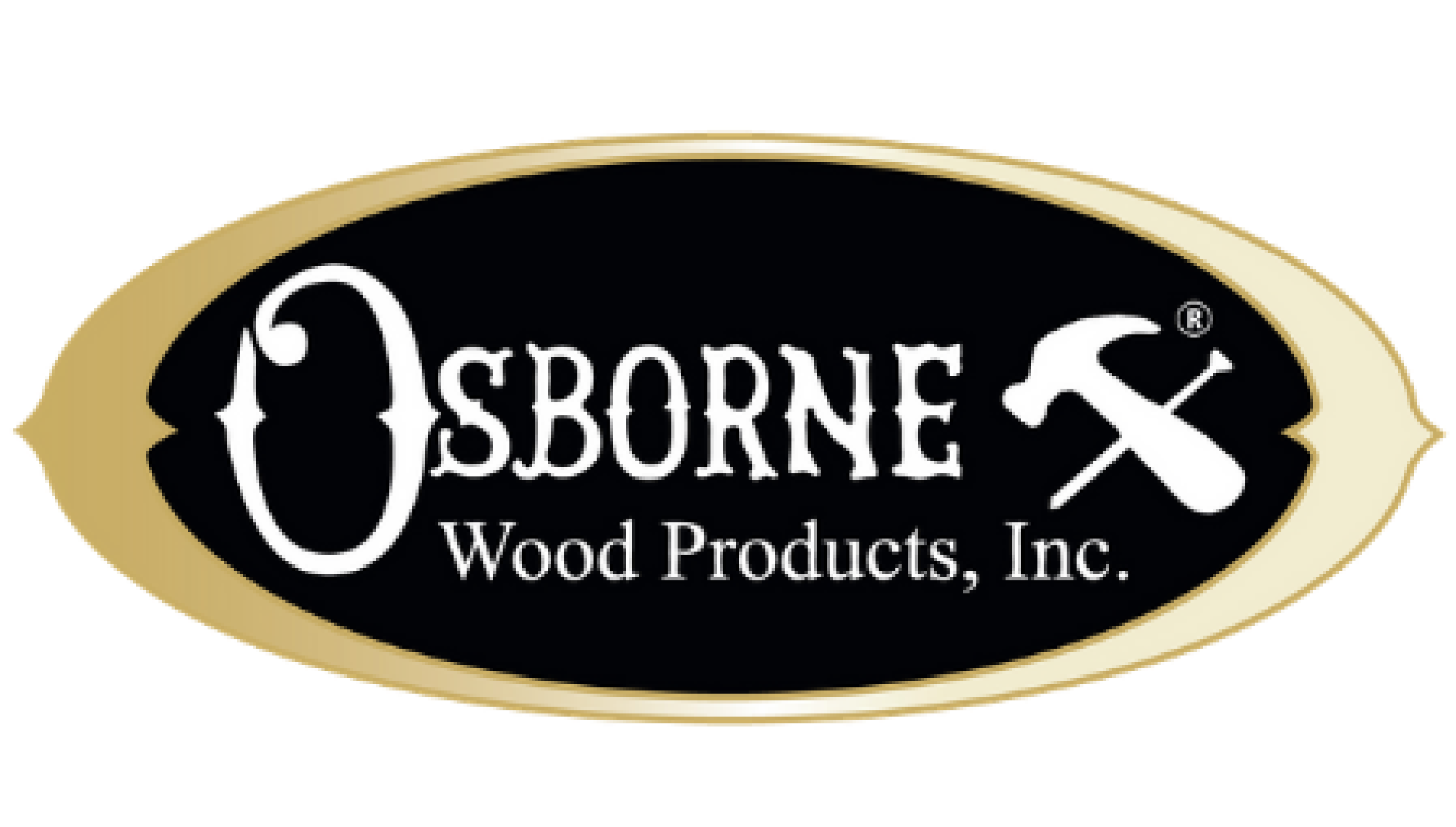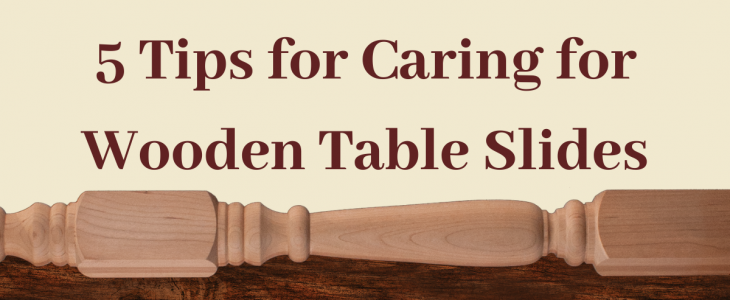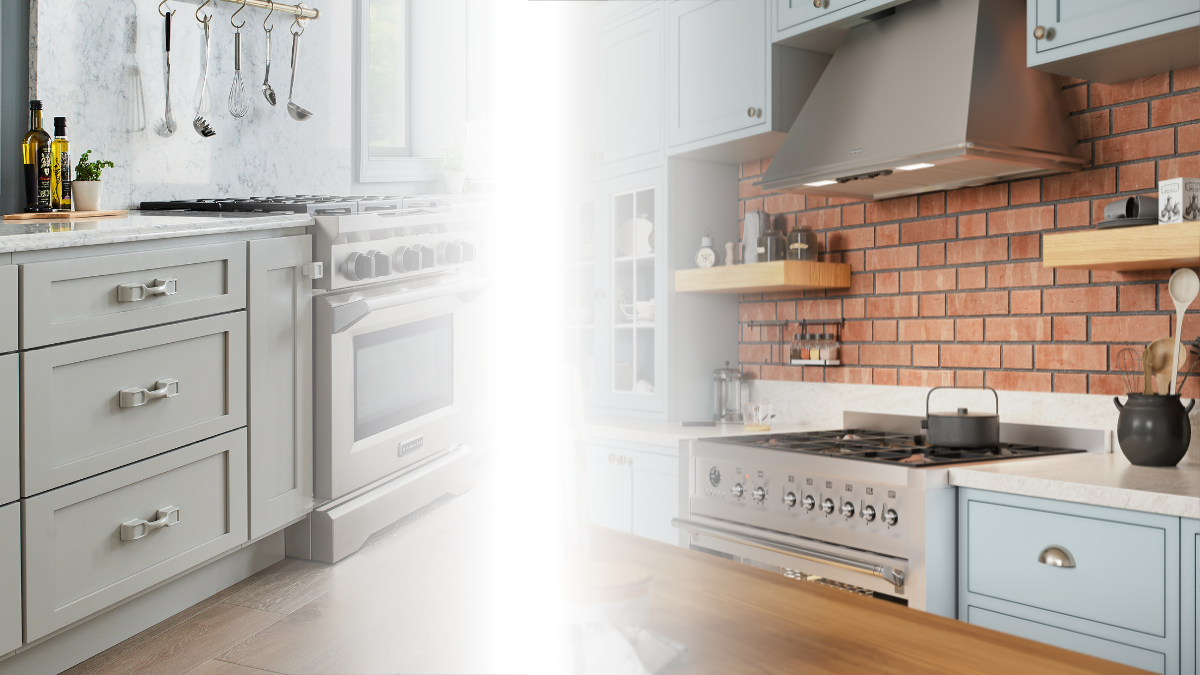
Cherry Wood vs. Alder Wood
When you’re planning a home renovation project or building a piece of furniture, choosing your wood species should be one of the first steps in the process. While the dimensions and necessary tools will be important to consider, the type of wood you use will make a huge difference in the types of woodworking projects you’re able to complete and how long they will last in normal use.
Hardwood is the most common choice when it comes to woodworking, as most types of hardwood are known to be durable in a variety of settings. However, there are many different types of wood species under the hardwood umbrella. Two popular examples are alder wood and cherry wood.
There are numerous reasons why you might choose cherry wood over alder wood and vice versa for a cabinetry or woodworking project. The following post describes these different wood types, including the benefits (and drawbacks) each one might bring to a woodworking project.
What Is Cherry Wood?

As the name suggests, cherry wood is a hardwood type that comes from the American black cherry tree. This type of wood is very popular for furniture in the U.S. It’s commonly used for items like dressers, countertops, cabinet doors, kitchen cabinets, and more.
What does cherry wood look like? Cherry wood starts at a light color and naturally darkens to a deep reddish brown, which means its aesthetic value only increases over time. While this process will happen on its own, you can speed it up by exposing your cherry wood items to as much light as possible.
What Is Alder Wood?
Alder wood comes from alder trees, which are close relatives of the birch tree. What does alder wood look like, you may ask? When this type of hardwood is first harvested, it has a unique white color that slowly turns light brown as the material is exposed to the air.
Many homeowners dye their alder cabinets and other items to be closer in color to cherry or walnut, which is a deeper reddish brown. Homeowners also enjoy the knotty or rustic alder aesthetic, as it tends to have visible knots and whirls along its planks. When alder is harvested from especially old trees, the wood features a heartwood layer that makes the material even more durable.
Cherry Wood vs. Alder Wood Durability
When it comes to durability, cherry wood is the clear winner. While alder wood scores 590 on the Janka hardness scale, cherry wood receives a whopping 950. For reference, this scale rates different types of hardwood on their ability to withstand the force of a 0.44-inch steel ball pushed into the wood at one-half of the ball’s diameter.
Alder wood can withstand a good deal of wear and tear. However, if you anticipate heavy use for your furniture item or woodworking project, cherry wood will likely be able to withstand greater damage without breaking down. The hardness of this type of wood is more similar to soft maple and sapwood than it is red oak, white oak, hickory, or hard maple.
Cherry Wood vs. Alder Wood Sustainability
Alder wood is known to be a more sustainable choice than cherry wood. Alder trees are not endangered and grow in abundance throughout North America. Alder trees also grow quickly, which means that trees harvested for wood will be replaced with new saplings at a rapid rate.
What does cherry wood look like in terms of sustainability? Much of the cherry wood used in furniture manufacturing today is harvested from forests that are responsibly managed, making cherry wood an equally eco-friendly choice.
Cherry Wood Pros and Cons
What are the benefits and drawbacks of choosing cherry wood for your project? Make sure you consider both sides before making your choice.
Pros
Cherry wood is a highly durable hardwood option that can withstand years of use, whether it’s made into cabinets, floors, moulding, or other items. It features a desirable reddish-brown color and varied grain pattern that provides a unique aesthetic.
Cons
Along with cherry wood’s durability and aesthetic value comes a higher price point than other types of hardwood. And its inconsistent grain pattern makes it difficult to paint.
Alder Wood Pros and Cons
Why do some home improvement professionals choose alder wood for their projects? What does alder wood look like in different settings, and how well does it last? Learn more about the specific positives and negatives associated with this type of hardwood.
Pros
Alder wood is a medium-density hardwood, which means it’s more pliable than other types. Therefore, it’s also more easily worked into a variety of shapes for decorative woodworking purposes.
This wood has a smooth, even wood grain that gives it a clean look and makes it easy to stain with different colors and finishes. Alder is also more affordable than cherry wood and other similar options.
Cons
Alder wood is not the most durable option when it comes to hardwood, so it may be more susceptible to breaking down due to heavy use. Additionally, it responds poorly to shock and is not as stiff as other kinds of hardwood.
Cherry Wood vs. Alder Wood: What Is Right for You?
Are you having trouble choosing between alder wood and cherry wood? Both hardwood varieties have their own specific benefits and drawbacks.
To make your choice, you’ll have to consider the project you’re planning and the features you need in your hardwood in order to have success. For example, woodworking projects with an aesthetic outcome, such as moulding, may have different material needs than building high-touch items like cabinets or wood floors.
Clear Alder vs. Rustic Alder
At Osborne, we offer two variants of alder: clear alder (known simply as alder), and rustic alder (sometimes called knotty alder). Our clear alder is a clean wood with an even texture, while our rustic alder is quite the opposite. Our rustic alder often features large split knots and open knots in a variety of sizes.
Rustic alder is an ideal wood type for builders looking for a naturally reddish wood that still offers a variety of knots, giving a piece a certain rustic character. If you’re interested in ordering our rustic alder but not sure about the knots, you can view our standards here, along with photos to demonstrate the knots we select for. You can also watch the video below where Tim discusses how we choose lumber for our rustic alder legs, what we do and don’t accept, and more.
Find High-Quality Hardwood Products at Osborne Wood
Our team at Osborne Wood is prepared to answer any questions you might have about different varieties of hardwood and what projects each type might be best for. Contact us today to get in touch with one of our product specialists and embark on your next woodworking project.
Check out the links below to read more in-depth about all the other wood types we offer:
- Maple (hard, soft, tiger/curly)
- Pine (knotty, heart, specialty)
- Oak (red, white, rift vs. quarter sawn)
- Rubberwood
- European Beech
- Cherry & Alder – this post
- Hickory, Mahogany, & Walnut
- Poplar
- Miscellaneous & Specialty Woods








